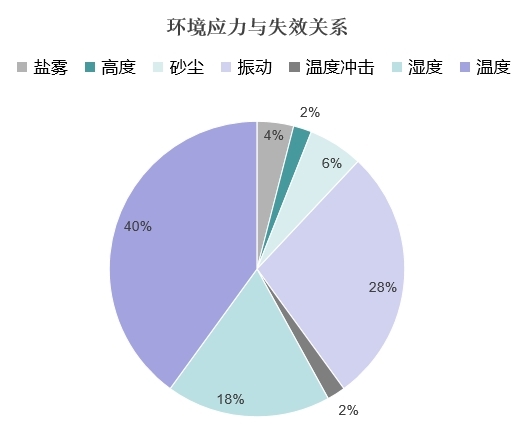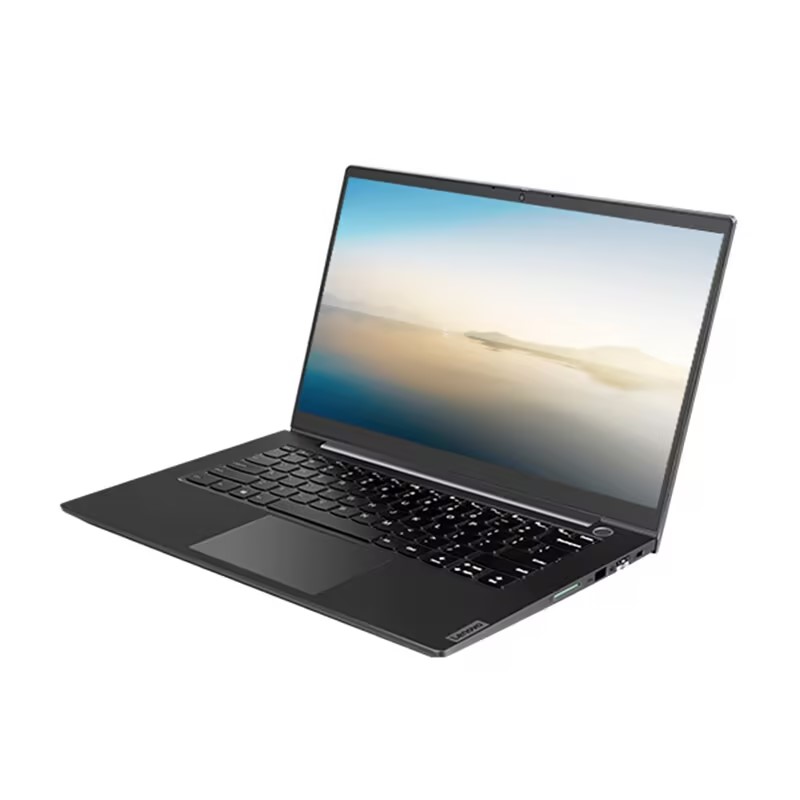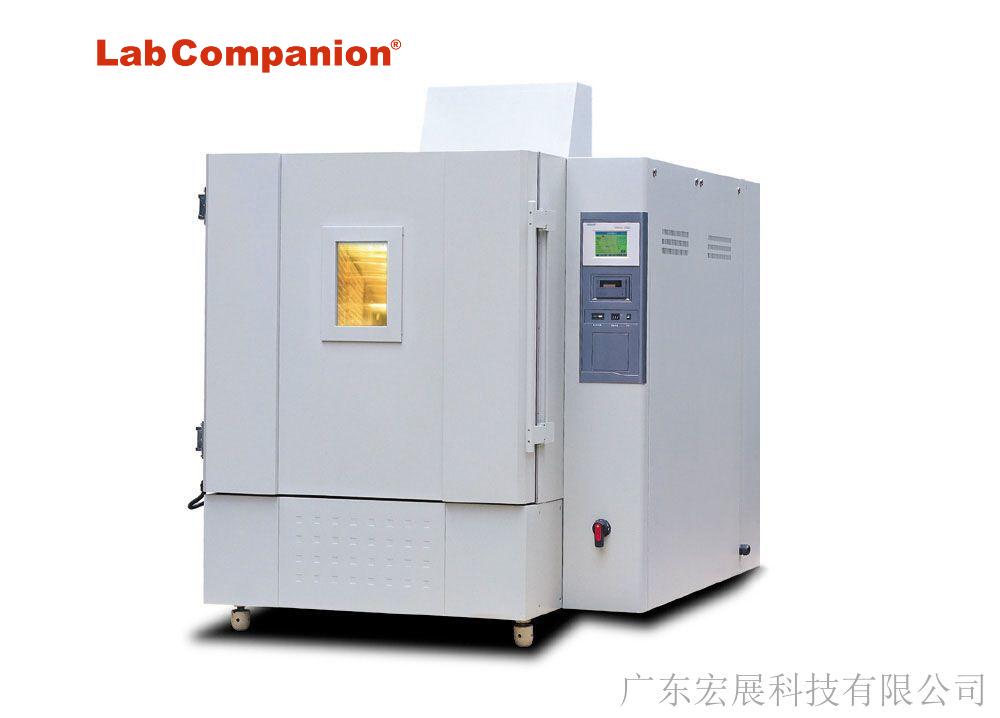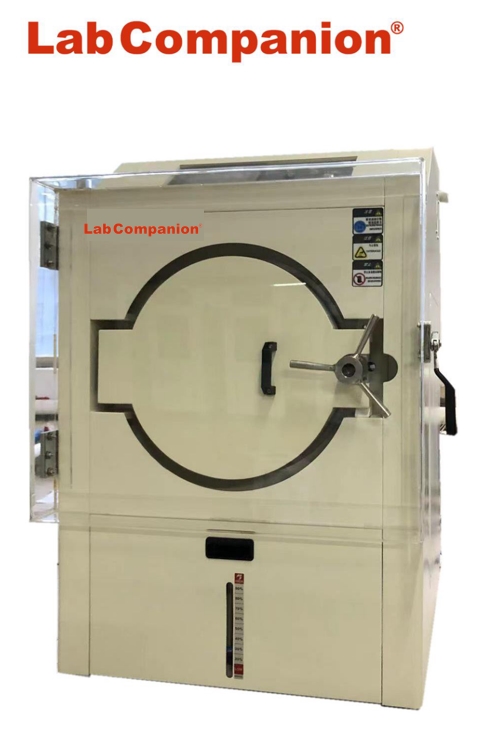How to handle situations encountered during testing in a programmable constant temperature and humidity test chamber
The handling of interruptions in programmable constant temperature and humidity test chambers is clearly defined in GJB 150, which considers three types of interruptions: interruptions within tolerance range, interruptions under under under test conditions, and interruptions under over test conditions. Different situations have different handling methods. For interruptions within the tolerance range, when the test conditions during the interruption period do not exceed the allowable error range, the interruption time should be considered as a part of the total test time; For the interruption of under test conditions, when the test conditions are below the lower limit of allowable error, the predetermined test conditions should be reached again from the point below the test conditions, and the test should be resumed until the predetermined test cycle is completed; Rework the test sample. If the test conditions do not directly affect the interruption of the test conditions, and if the test sample fails in future tests, the test result should be considered invalid. In practical work, we adopt the method of retesting after repairing the test sample for interruptions caused by faults in the test sample; For test interruptions caused by experimental equipment reasons (such as sudden water or power outages, equipment failures, etc.), if the interruption time is not very long (within 2 hours), we usually handle it according to the under test conditions specified in GJB 150. If the time is too long, the test must be redone. The reason for applying the regulation of interrupting the test in this way is determined by the regulation of stable temperature of the test sample.
The determination of the duration at the test temperature in temperature testing is often based on the sample reaching temperature stability at that temperature. Due to differences in product structure, materials, and testing equipment capabilities, the time it takes for different products to reach temperature stability at the same temperature varies. When the surface of the test sample is heated (or cooled) and gradually transferred to the interior of the test sample. This thermal conduction process is a stable thermal conduction process, and there is a time delay when the internal temperature of the test sample reaches thermal equilibrium compared to the time when the surface of the test sample reaches thermal equilibrium. This time delay is the temperature stabilization time. For test samples that cannot measure temperature stability, the minimum required time is specified. That is, when not in operation and unable to measure, the minimum temperature stability time is 3 hours. When in operation, the minimum temperature stability time is 2 hours. In practical work, we use 2 hours as the temperature stability time. When the test sample reaches temperature stability, if the temperature around the test sample suddenly changes, there is a corresponding time delay for the test sample in thermal equilibrium, that is, in a short period of time, the temperature inside the test sample will not change too much.
During the experiment, if there is a sudden water or power outage or equipment failure, we should first seal the test chamber door, because when the test equipment suddenly stops running, as long as the door is sealed, the temperature of the test chamber door will not change sharply. In a short period of time, the temperature inside the test sample will not change too much; Then, determine whether the interruption has affected the test sample. If it has not affected the test sample and the test equipment can resume normal operation in a short period of time, we can continue the test according to the under test condition interruption handling method specified in GJB 150, unless the interruption has caused some impact on the test sample.
Dear customer:
Hello, our company is a high-quality development team with strong technical strength, providing high-quality products, complete solutions, and excellent technical services to our customers. The main products include walk-in constant temperature and humidity testing chambers, UV accelerated aging testing machines, rapid temperature change testing chambers, walk-in environmental testing chambers, UV aging testers, constant temperature and humidity chambers, etc. Our company adheres to the principle of building a business with integrity, maintaining quality, and striving for progress. With a more determined pace, we continuously climb new heights and contribute to the national automation industry. We welcome new and old customers to confidently choose the products they like. We will serve you wholeheartedly!




